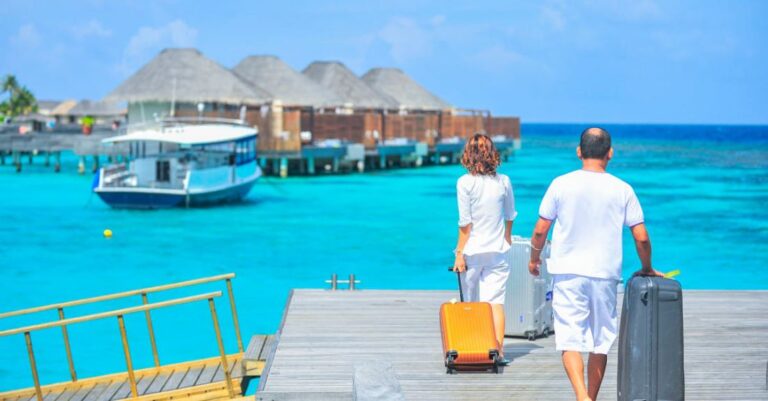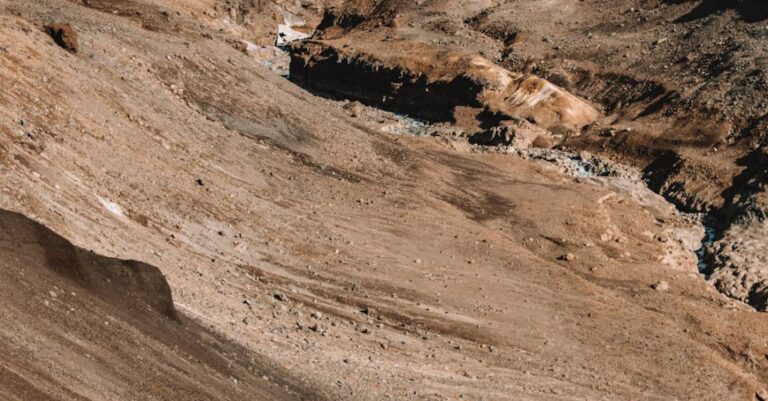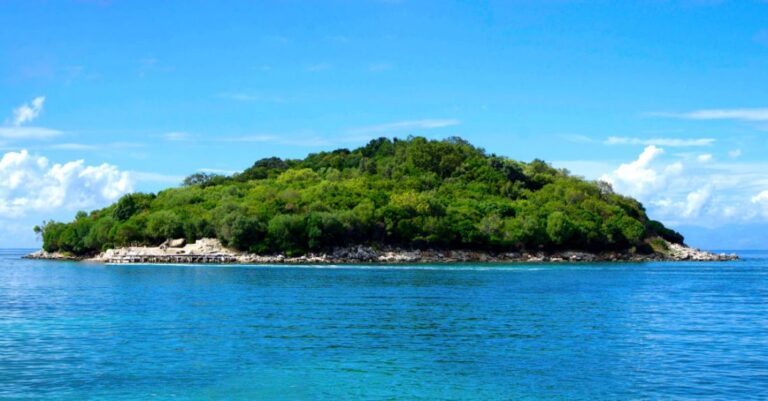
The Astonishing Impact of Human Presence on the Galapagos Islands
Located in the Pacific Ocean, the Galapagos Islands are renowned for their unparalleled biodiversity and unique ecosystems. However, the presence of humans has brought about significant impacts on this delicate environment. From the introduction of invasive species to the expansion of tourism, the human footprint on these islands has been profound and far-reaching. Understanding how humans influence the Galapagos is crucial in order to implement effective conservation measures and preserve this extraordinary natural treasure for future generations.
Introduction of Invasive Species
One of the most detrimental ways in which humans have impacted the Galapagos Islands is through the introduction of invasive species. These non-native plants and animals have disrupted the fragile balance of the local ecosystems, outcompeting native species for resources and leading to a loss of biodiversity. For instance, the introduction of rats, goats, and feral cats has had devastating effects on the populations of endemic species such as the Galapagos tortoise and the marine iguana. Despite efforts to control these invasive species, their presence continues to pose a significant threat to the unique flora and fauna of the islands.
Tourism and Development
The rapid growth of tourism in the Galapagos Islands has also had a profound impact on the environment. The increase in visitor numbers has put pressure on the fragile ecosystems, leading to habitat destruction, pollution, and disturbance of wildlife. Development of infrastructure to accommodate tourists, such as hotels, restaurants, and transportation facilities, has further encroached upon natural habitats and disrupted the ecological balance of the islands. While tourism provides economic benefits to the local community, it is essential to manage it sustainably to prevent irreversible damage to the Galapagos’ unique ecosystems.
Climate Change
Another significant way in which humans impact the Galapagos Islands is through climate change. Rising temperatures, ocean acidification, and extreme weather events are threatening the delicate balance of the islands’ ecosystems. The warming of the oceans has led to coral bleaching, affecting marine life such as fish and sea turtles. Changes in rainfall patterns have also impacted the vegetation on the islands, putting pressure on plant and animal species that rely on specific habitats for survival. Addressing the effects of climate change on the Galapagos requires global cooperation and concerted efforts to reduce carbon emissions and mitigate the impacts of a warming planet.
Conservation Efforts
Despite the challenges posed by human activities, there are ongoing efforts to conserve and protect the Galapagos Islands. Conservation organizations, research institutions, and government agencies are working together to implement strategies to mitigate the impacts of invasive species, tourism, and climate change. Conservation initiatives such as habitat restoration, species reintroduction programs, and sustainable tourism practices are crucial in safeguarding the unique biodiversity of the islands. By raising awareness about the importance of preserving the Galapagos and engaging local communities in conservation efforts, we can ensure the long-term sustainability of this extraordinary natural heritage.
Conclusion: Preserving the Galapagos for Future Generations
The Galapagos Islands represent a living laboratory of evolution and a hotspot of biodiversity that must be protected for future generations to enjoy. The impact of human activities on these fragile ecosystems underscores the urgent need for sustainable conservation measures. By addressing the root causes of invasive species introduction, unsustainable tourism, and climate change, we can help safeguard the Galapagos Islands and ensure that they remain a symbol of conservation success for years to come. It is essential for all of us to take responsibility for our actions and strive towards a more harmonious coexistence with the natural world, so that the Galapagos may continue to inspire awe and wonder for generations to come.





